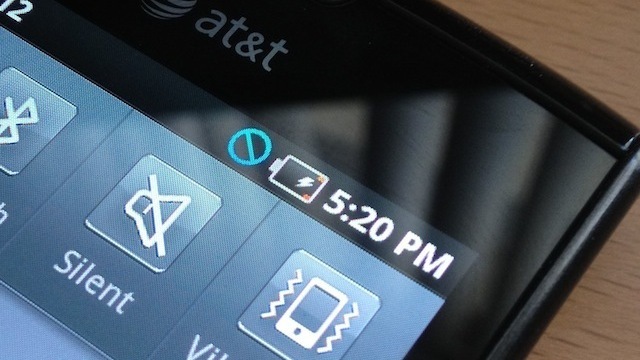A long standing belief that pre-installed apps on mobile devices were the main source of battery drainage has been proven false in a new report from researchers at a Purdue University-based startup company.
The team analyzed data from more than 70,000 smartphone devices to come to this conclusion. Y. Charlie Hu, CEO of Mobile Enerlytics (the company that conducted this study), and a professor in the University’s School of Electrical and Computer Engineering, said that preinstalled apps require the same or similar amount of power as those apps that are purchased through an app store.
“Our free eStar energy saver app provided rich energy profile information we used in our study,” he said. “eStar shows smartphone users how fast different mobile apps in app stores drain smartphone batteries. It warns the user about apps that drain an excessive amount of the battery, and estimates how much battery life a smartphone user could save by stopping the apps. It further recommends a list of similar apps in the app market that are more energy efficient.”
In terms of the parameters for the study, Hu and his team compared multiple data points between preinstalled apps included with three of the most popular Android phone providers: Samsung, HTC, and Motorola. They also injected their study with data from two of the more popular carriers: AT&T and Verizon.
Some of the points looked into include the average number of preinstalled apps on a device, average daily use, how much was drained from the device when the app was used, and how much power was drained when the app wasn’t used.
“The low usage of preinstalled apps compared to user-installed apps came as no surprise because they were not actively downloaded by the user to serve a specific need. In fact, users sometimes may not even be aware of them,” Hu said. “Perhaps their low usage also comes from myths that preinstalled apps draw more power in general and that they draw a lot of power in the background, or when they are not being used.”
Ultimately, the team came to the conclusion that the power being used by preinstalled apps in the foreground and background was similar to the power drainage rate seen with user-installed apps.
“Sometimes the preinstalled apps from device manufacturers such as Samsung and carriers such as AT&T and Verizon drain less energy than similar ones installed by users, and sometimes they drain more,” he said. “But based on the data, we can't argue that one type is always more power hungry than the other.”
You can read the full report on Medium.com
Advertisement
Learn more about Electronic Products Magazine





